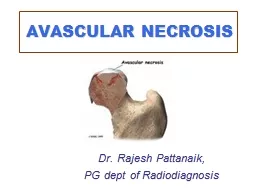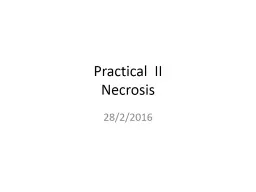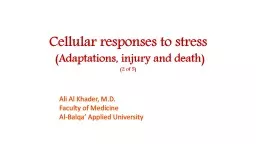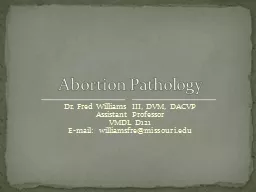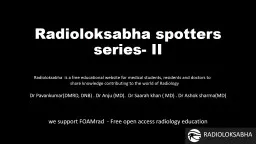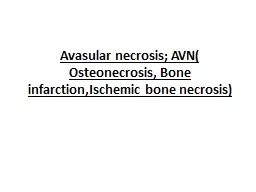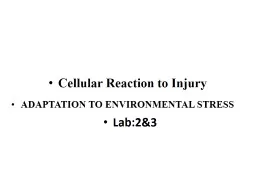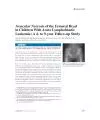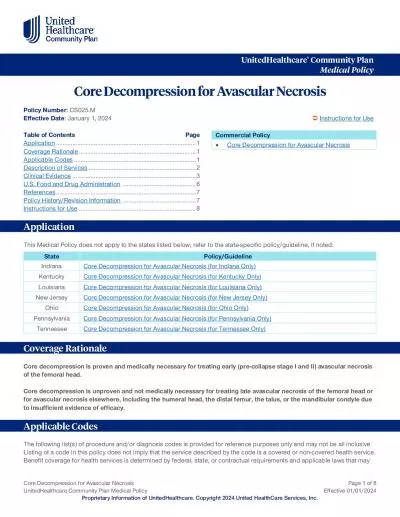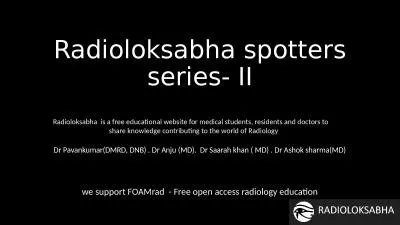PPT-AVASCULAR NECROSIS Dr. Rajesh
Author : ellena-manuel | Published Date : 2020-04-02
Pattanaik PG dept of Radiodiagnosis Definition Cellular death of bone components secondary to interruption of blood supply Consequent collapse of bone components
Presentation Embed Code
Download Presentation
Download Presentation The PPT/PDF document " AVASCULAR NECROSIS Dr. Rajesh " is the property of its rightful owner. Permission is granted to download and print the materials on this website for personal, non-commercial use only, and to display it on your personal computer provided you do not modify the materials and that you retain all copyright notices contained in the materials. By downloading content from our website, you accept the terms of this agreement.
AVASCULAR NECROSIS Dr. Rajesh : Transcript
Download Rules Of Document
" AVASCULAR NECROSIS Dr. Rajesh "The content belongs to its owner. You may download and print it for personal use, without modification, and keep all copyright notices. By downloading, you agree to these terms.
Related Documents

